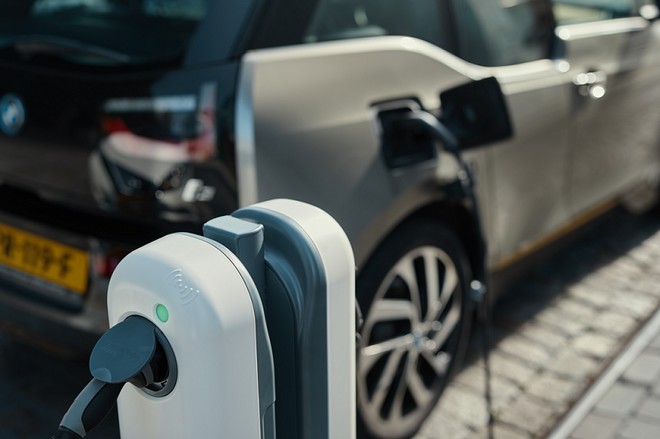
Simplifying the use of charging points for electric cars is a major challenge. essential if we want to push decisively on the diffusion of new battery-powered cars. It is a subject on which there is much discussion and on which the European Union has also had its say. As we have seen, towards the end of October, the European Parliament approved the text of the Alternative Fuels Infrastructure Regulation (AFIR), one of the most important components of the European Parliament. important elements of the Fit for 55 package.
For example, inside we find the rules for the diffusion of the columns. We know that by 2026 main roads in the EU will have to have at least one charging station charging points for electric cars every 60 km. However, the European Parliament wants to simplify the use of the columns and therefore has asked that the infrastructure operators allow the payment of full energy supply through credit and debit cards not only on the new columns but also on the old ones .
As MEP Anna Deparnay points out, reloading will have to be done in a few days. be as easy as filling up with petrol.
A PROBLEM OF COSTS 

So, with the new AFIR regulation , the European Parliament wants to require charging point operators to upgrade existing stations as well, adding terminals that allow payments with debit and credit cards. On this front, several governments of the member countries within the European Council which is in dialogue with the European Parliament to find a compromise on the new legislation before its entry into force, have shown doubts on this point.
Why? Extending the obligation to all charging points would be very expensive for infrastructure operators. The effect, therefore, could be the exact opposite of what the European Parliament wants to achieve with the new directive. As he said in an interview Frantisek Jemelka, spokesman for the Czech Ministry of Transport, runs the risk that operators would prefer to deactivate or remove old columns rather than invest in retrofitting.
Furthermore, this potential investment could also slow down the installation plansof the new charging points. As a ChargePoint spokesperson points out, many companies have a lot of issues. are startups and do not have the necessary capital to redevelop the infrastructure they already have; existing.

For all this, many countries would like to limit themselves, as a minimum obligation, to payments via QR Code, much more; simple to implement. Furthermore, in the position of the European Council, there is the will; distinguishes between fast charging stations with powers above 50 kW and those with lower powers. For the member countries, therefore, only the Fast ones should be adequate with the new forms of payment.
The position of the European Parliament, on the other hand, would lead, as previously mentioned, to significant costs for operators. For the European Parliament, however, there can be no wait until everyone is familiar with Google Pay or Apple Pay, QR Codes or payment via app. Subscription models and payment platforms may continue to exist, but there must be the ability to connect. to be able to pay by debit or credit card. The consumer associations are also in the same position.
Therefore, as usual , it will have to be; find a compromise between the position of the European Parliament and that of the European Council. News, in this sense, should arrive on December 13th.
The best Apple Smartphone? Apple iPhone 12, buy it at the best price from Amazon for 679 euros.